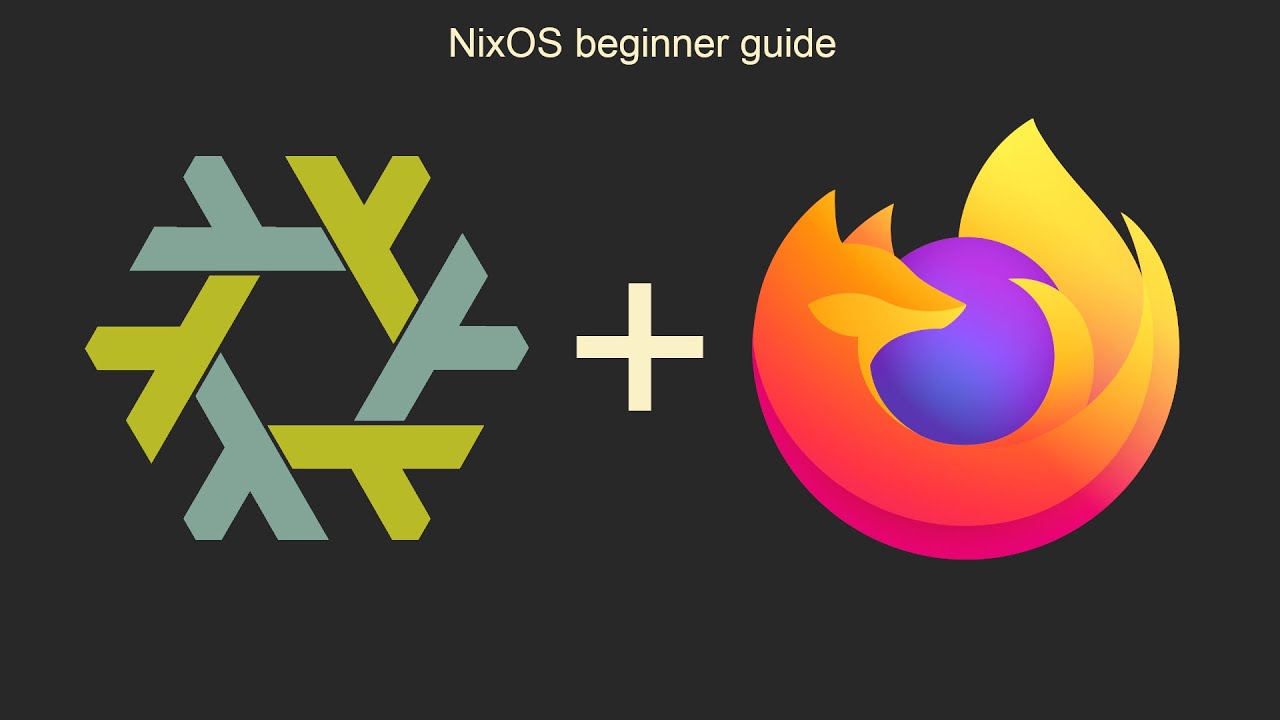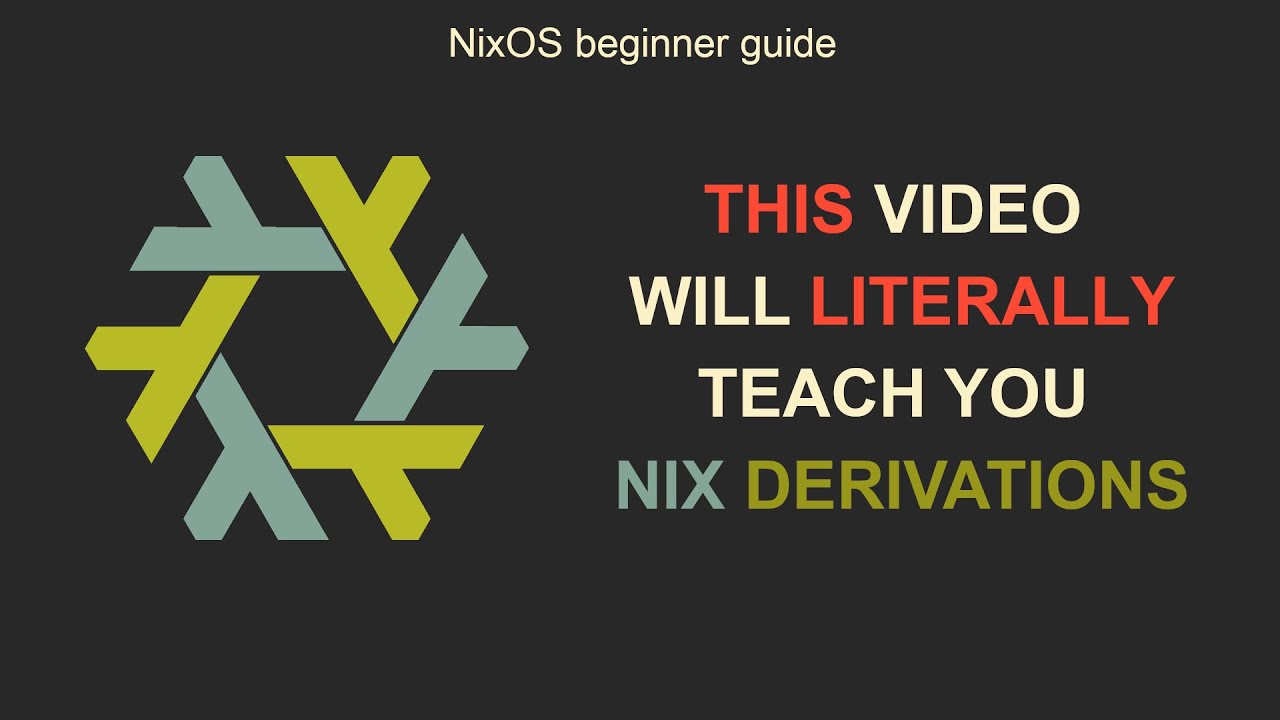

I’m pretty ignorant on crypto, I just knew that it was important to have many mining to increase transaction times, decrease transactions costs, decentralize proof of work, etc. And practically you’re right, might be a good way to absolutely ruin the performance of the server.



For it to contribute to the public, I would also want some sort of way to help the admin notify the oublic about it. I was even thinking that this would come with its own cli tool to check that the instance was visible on the open internet, and the present in public instance lists like searx.space. In this case, building and configuration is alrwady handled by NixOS, which is nice. I havent looked into others.